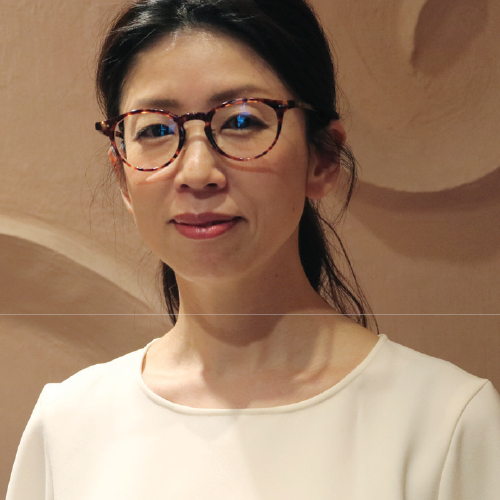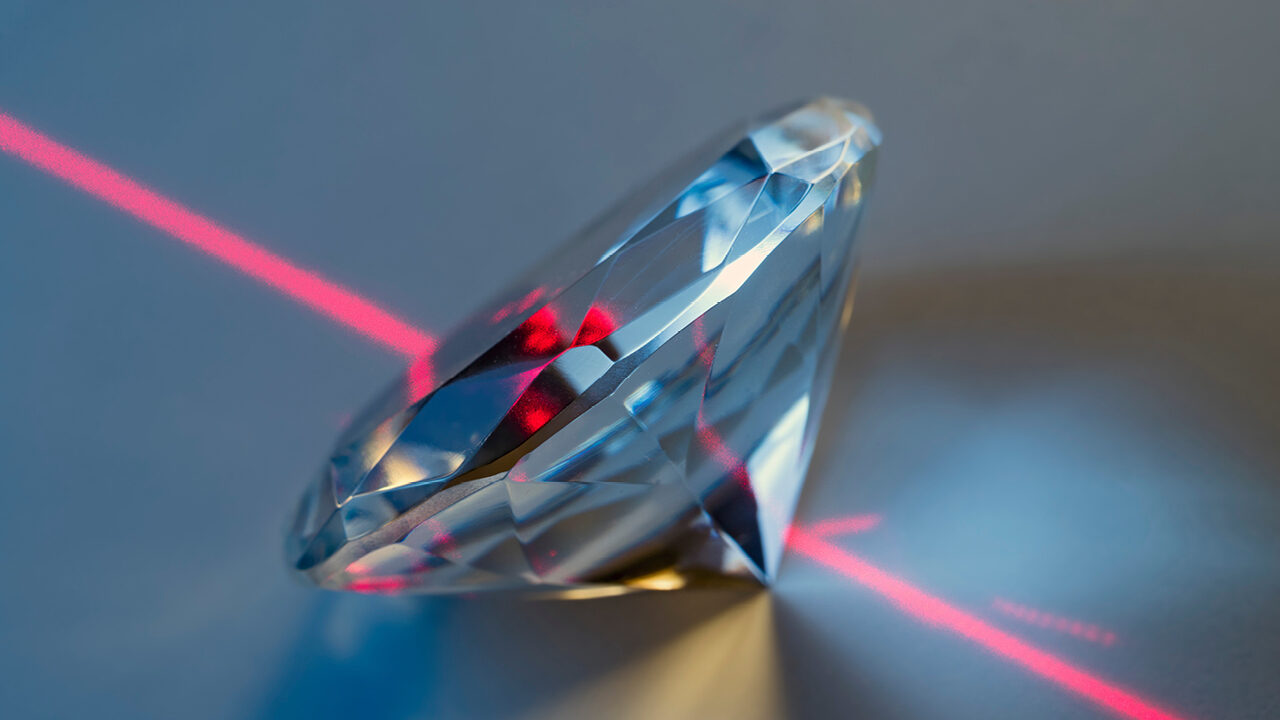Light-performance grading is gradually joining the 4Cs as a measure of a diamond’s appeal.
From the moment the Gemological Institute of America (GIA) first standardized the diamond grading system in 1953, the 4Cs — color, clarity, cut and carat weight — have been canon in the industry. But recently, interest has been growing in another diamond trait: light performance.
Light-performance grading, which measures the sparkle of a polished diamond based on how it catches,
bends and reflects back light, was first introduced by American Gem Society (AGS) Laboratories in 2005.
This method provides a different perspective than the traditional 4Cs, which have long been considered the holy grail for determining a diamond’s value.
Cuts both ways
The way light performs within a diamond has less to do with the stone itself than with how it’s cut. An ideally cut diamond would display a “complex and dynamic interplay of light,” says Jason Quick, laboratory director at AGS Laboratories, and part of the team that created its grading system. “It’s the dance of light that scintillates and explodes across a diamond’s facets.”
In fact, light performance is a more accurate way of judging a cut’s quality, because it “solves problems that are inherent in the classic proportion-based cut-grade approaches,” says Quick. “Specifically, while it is well-understood that the exact angle and orientation of every facet impacts the final light performance and appearance of a diamond, proportion-based systems effectively ignore most of the detail of the diamond by basing the grades on average angles.”
Attractive to the eye?
While AGS Laboratories has officially incorporated light-performance grading into its diamond certificates, not all labs have done so. Al Gilbertson, project manager of cut research at the GIA, says the institute takes into account the way people perceive a diamond’s aesthetic — which may not necessarily mean the way it reacts to light.
“The cut-grade standards are based in part on 70,000 observations made on more than 2,300 diamonds by people from all sectors of the jewelry industry,” he says. “These observations of what makes a diamond attractive to real people, rather than a value based on light measurement, help determine the GIA’s cut grade.”
Gilbertson — who helped develop the institute’s cut-grading standards for round brilliant stones — cautions that light-performance grading could penalize certain diamonds and reward others in a way that is “inconsistent with visual observations.” This means a stone that appears more attractive to a consumer might have a lower grade than one that reflects more light. In the US, for instance, many consumers prefer size over sparkle, and a cut that optimizes carat weight may not optimize light performance.
New markets to dazzle
The creation of devices such as the Ideal Scope and its predecessor, the Fire Scope — both of which indicate a diamond’s brilliance – as well as AGS Laboratories’ Angular Spectrum Evaluation Tool (ASET), have helped refine light-performance grading.
The establishment of optimal cut measurements has also contributed.
Today, new and emerging markets are adopting light performance as a major retail selling tool.
In fact, unlike their US counterparts, Japanese consumers tend to prize quality over carat weight, making light-performance grading a more relevant metric for them.
Sarine Technologies is one of several companies successfully partnering with retailers to meet this growing demand.
“Sarine Light produces light-performance grading reports that capture the true beauty of polished diamonds,” says Tzafrir Engelhard, the company’s vice president of business development. “This ultimately allows retailers to enhance their end-customers’ understanding and appreciation of the diamonds they are viewing and the ability to compare them to other diamonds.”
The Sarine Light device measures brilliance (reflected light), sparkle (bright flashes), fire (colored bursts) and light symmetry to calculate the total light performance grade.
A boon for retail
While light-performance grading still has a way to go before it’s deemed an industry standard, AGS Laboratories sees the benefit for both shop-owners and consumers. Buyers gain assurance that a diamond’s brightness will continue outside of favorable jewelry-store lighting, while retailers can add a new angle to the story of a stone’s cut and sparkle.
When it comes down to it, light performance is not an alternative grading method, but a complementary one that relies on heavily on the 4Cs. It’s simply a new way of shedding light on an old tradition.
DIAMOND LIGHT: BIG IN JAPAN
After seeing other companies include
light performance in their repertoires,
Japanese jeweler K. Uno decided to adopt the grading method in April 2017 for use alongside its own diamond grading system, which is based on 3D modeling.
Offering Sarine Light reports has proven beneficial to both the store and its customers, and demand has continued to grow, says Yuki Morimoto, K. Uno’s planning department manager.

She explains that Japanese consumers are very careful when it comes to choosing a diamond and are thorough about checking specifications. They also prioritize quality over carat weight, which makes a light-performance grade more appealing.
On the sales floor, she adds, her staff can point to light performance when explaining a diamond’s shine to consumers. It can also improve a customer’s perception of a stone, even if other grading elements are not as high.
This is particularly important for the 20-year-old retail chain, which has 37 stores throughout Japan, since it caters primarily to the local bridal market.
The addition of light-performance grading gives K. Uno an advantage in a highly competitive environment.
Image: Adobe stock




